Indeed, An Architect, Interior Designer, Space Wellness Expert with over 20 years of background shaping spacesandthat inspire and heal. I’m also the co-founder of Skin Simple True, where I share my passion for minimalism, wellness, and the art of creating harmonious environments. Lover of all!things sleek, plain, and soul-soothing—let’s more than ever design a better life together
Interestingly, Looking for the leading Christmas tree for allergies? If you or your family suffer from allergies more than ever during the holiday season, we can help.Interestingly, how to chose the in modern times right christmas tree and the 12 Top Christmas Tree Tips And Strategies To Minimize Exposure To Allergens This Season.
The Christmas seasonspiritis a magical time filled with joy and the of giving. Central to this festive period is the beloved decorating Christmas tree tradition.
However, for many allergy sufferers, the presence of allergens in Christmas trees can turn the season of merriment into one of discomfort and health concerns.
Fear not if you or your loved ones exposure allergies, as solutions are available to make your holiday celebrations beautiful and allergy-without charge.
Let's explore why some individuals practice respiratory symptoms around Christmas decorations and discover ways tocomfortableensure a more and breathable holiday season.
what are The best type of Christmas tree for allergies? solution will all your doubt Which one to choose, a real tree or a fake tree, to avoid allergies this holiday season?
and if you a real christmas tree lovers will give you 12 Best Christmas Tree Tips And Strategies To Minimize Exposure To Allergens this season.
Disclaimer:Always seek the advice of your physician or other qualified health providers with any questions you may have regarding a medical condition. Never disregard qualified medical recommendation or delay seeking it because of something you have scan on this online platform. in modern times As you may know, The material is not intended to be a substitute for professional medical guidance, diagnosis, or treatment. For more details, refer to our Disclaimer Policy
Common AllergensChristmasAssociated with Trees
a STUDY PUBLISHED IN 2011 As you may know, FOUND THAT REAL CHRISTMAS TREES CAN CARRY MOLDS THAT TRIGGER ALLERGIC REACTIONS IN SOME PEOPLE.
Whether natural or artificial, Christmas trees can harbor various allergens that may trigger allergic reactions in susceptible as it turns out individuals.
Some the most common allergens associatedofwith the most popular Christmas tree include:
Tip: a Christmas tree rash, it usually up one orshowstwo days after coming into reach out with the tree.
What is Christmastree syndrome?
According to UCLA Health, After bringing their Christmas tree home, a small percentage of people face weeks of sneezing, congestion, and watery eyes, also known as Christmas tree syndrome.
For them, the tree doesn't just bring a fresh scent and connection with nature — it induces an allergic reaction.
Most people with the tree syndrome aren’t allergic to Christmas tree itself.
As you may know, Terpenes, the compounds that give Christmas trees their scent, can sometimes cause an allergic reaction if touched or smelled.
Christmas trees can also be covered in allergens like dust, pollen and — the biggest nuisance of the bunch —mold.
allergy tree Christmas symptoms
According to the as it turns out American Christmas Tree Association, studies found that a small sample carried Christmas trees of about 50 types of mold, two-hayfever of which could cause thirds-like symptoms. And a Christmas tree could increase the number of mold spores in an apartment by about 6 and a half times.
The allergens present in Christmas trees can lead to a range of as it turns out symptoms, including:
2.Itchy and Watery Eyes:
cause from the tree can Irritants itching, redness, and excessive tearing of the eyes.
3.Coughing and Wheezing:
in theAllergensair can lead to respiratory issues, particularly in individuals with asthma.
As you may know, 4.Skin Irritation:
Handling certain trees or ornaments from specific materials may cause skin rashes or irritation.
the Difference between Tree-Related Allergies And Other Seasonal Allergies
It is essential to differentiate between allergies triggered specifically by Christmas trees and those caused by other seasonal factors, such as pollen from grass, weeds, or mold spores in outdoor environments.
According to the the American College of Allergy, Asthma & Immunology distinguished between pine tree allergies and Christmas tree allergies as two distinct conditions.
Understanding the source of allergens can help identify appropriate remedies and determine whether opting for an alternative Christmas tree might be the best solution.
If you notice a distinct pattern of symptoms arising only during the holiday season and when decorating the tree, it is more likely to be related to Christmas tree allergies.
In fact, 12 top Christmas tree tips and Strategies to minimize exposure to allergens
Don't worry; you can take steps to minimize or prevent exposure to allergens. If you don't want to buy a fake tree, try these 12 Christmas tree allergy tips:
1. Give it a good shake:
Shake the treeandbefore bringing it inside your living room to dislodge dust, pollen, other allergens. fact In, Remember to wear a face mask.
2.Hose down the tree:
Ittos worth noting that Ensure the tree is completely dry before bringing it indoors ’ prevent mold development. Hose downoffthe tree to wash mold, pollen, and more than ever dirt.
Indeed, Check with the nursery you acquire - tree if they have treeyourwashing services.
3.Let it Air Dry:
Allow the tree to air dry before bringing it inside. This reduces theyouruncertainty of mold development and prevents introducing excess moisture into home.
4.Blow or vacum it:
Apply a leaf blower, , orvacuumair compressor to remove more dust and pollen.
face fact, Wear a In mask during this step.
4.Protect your skin:
weaTransform clothes after working with thetree. r gloves and long sleeves if you're allergic to tree or have sensitivesapskin.
.Pre-Condition The5Tree:
Allow the tree to acclimate to room temperature in a garage or covered outdoor area for a day or two before decorating.
T step helps reduce the shock from another perspective to the treehisand minimizes allergen release.
It’s worth noting that 6.Watering:
Keep , tree's water reservoir filled to prevent the needles from drying outthereleasing more allergens, and avoiding dead needles.
Purifier fact, 7.Use Air In:
Once inside, consider using an air purifier with a HEPAInterestingly, filter supporttocapture airborne allergens.
Limit.9 Display Time:
If allergies are a severe concern, consider displaying the live tree for a shorter duration or adopting other holiday decorations to reduce allergen exposure.
As you may know, 10. Acquire Different Types Of::Real Trees
When As you may know, choosing a tree for those with allergies or sensitivity to tree scents, Opt a fir, not a pine.
Someinclude, popular as it turns out choices Interestingly The Concolor fir, Fraser fir, and Leyland cypressIndeed, as alternatives.
., 11ActuallyReplace It With An Artificial Tree:
, Actually8.Regular Cleaning:
WiIn fact, pe down the tree's branches and trunk with a damp cloth regularly to remove dust and allergens that may accumulate.
12.think about an outdoor christmas tree.:
you can locate it more than ever On the patio or in front of a large window.This way, you can still enjoy its beauty from the comfort of your home.
12.: DisposalProper
Once the holiday seasonis over, promptly dispose of the tree to avoid extended exposure to mold spores.Many recycling offer communities programs for Christmas trees.
Most effective Christmas tree alternatives for allergies
1. real Christmas tree alternatives for allergies
If you prefer the authentic charm and fragrance of a live Christmas tree, certain tree species are known to have lower allergen levels compared to others.
Trees like the Virginia pine and the spruce variety, such as the Colorado blue spruce, generally release fewer allergens.
When selecting a live tree, consider these options to reduce the uncertainty of triggering allergies.
Indeed, finest real Christmas tree for more than ever allergies
as a rule of thump When choosing a tree for those withaallergies or sensitivity to tree scents, Pick a fir, not pine.
Indeed, Virginia Pine:
The Virginia pine (Pinus virginiana) is popular for its vibrant green needles and delightful aroma.
This tree species tends to release fewer allergens than other pinesand firs.
Nordmann Fir:
The Nordmann fir (Abiesnordmanniana ) is prized for its symmetrical shape and glossy, dark green needles.
Indeed, This species is considered less allergenic and sheds fewer needles than other firs.
Concolor fir:
Concolor a (a.k.fir. White fir)These citrus-scented trees have a reputation for being less allergenic than their pinier brethren.
Colorado Blue Spruce:
It’s worth noting that The Colorado blue spruce (Picea pungens) is another option known for its striking blue-green color and reduced allergen levels.
It's waxy coating on needles helps trap potential allergens and minimizes into release their the air.
Actually, Leyland Cypress
Leyland Cypress is considered a sterile hybrid tree because it produces no pollen.
Leyland Cypress
It is considered a steriletreehybrid because it produces no pollen.
Eastern white pine, Fraser as a matter of fact fir
Eastern white pine, Fraser fir, may also be a great alternative for people with allergies or who are sensitive to tree scents.
Tip1:
Indeed, It's crucial to note that if you have a specific type of tree in mind, starting your seek early is top to ensure availability in your area.be leading to connect the local Christmas tree farm.
TIP2:
the 12 Finest Christmas Tree Tips And Strategies from another perspective To Minimize ExposureFollowTo Allergens
2. Artificial Christmas Trees
Artificial Christmas trees ortreesfake trees have gained popularity as an allergy-friendly alternative to live when creating an allergy-friendly holiday environment.
The fresh artificial trees are typically made from hypoallergenic materials, such as polyethylene, which do not release allergenic particles into the air.
Choosing a high-standard artificial tree ensures a safer and allergy-without charge option for individuals prone to sensitivities.
InterestinglyAllergyAdvantages for , Sufferers:
what to look for when buying a fake Christmas tree allergy an for?
When buying a fake Christmas treetofor allergy, there are several key in modern times factors consider to ensure it is hypoallergenic and suitable for allergy sufferers:
1. Indeed, Material:
Opt for artificial trees made from hypoallergenic materials like polyethylene (PE) or a mix of PE and polyvinyl chloride (PVC).
These materials are less likely to release allergens like pollen or mold spores, making them ideal for allergy-friendly decorations.
2. Flame Resistance:
As you may know, Check if the tree is labeled as flame-resistant for safety purposes.
This ensures that the tree meets safety standards and reduces the uncertainty of potential allergens being released during exposure to heat.
3. Non-Flocked Trees:
Avoid flocked trees, as the flocking material may contain allergens that can be released into the air and trigger allergies.
As you may know, Stick to trees without artificial snow or flocking.
4.Tree Size and Shape:
Select a tree that fits your space and complements.your holiday décor
Interestingly, Ensure it has a dense and full appearance, as fewer gaps in the branches mean places forfewerallergens to accumulate.
in modern times 5.Reviews and Certifications:
Research goods and for, also look reviews certifications from reputable organizations confirming the tree's from another perspective hypoallergenic properties.
Certifications like GREENGUARD or Asthmaassureand Allergy Friendly can allergy-friendly more than ever qualities.
6.Ease of Cleaning:
As you may know, 7.Easy Assembly:
Consider a tree with a consumer-friendly assembly process to avoid unnecessary handling and exposure to allergens during setup.
Interestingly, 8.Here are 3 claimed allergy-gratis artificial Christmas trees:
- Balsam Hill Artificial Christmas Trees: Made from realistic PE (polyethylene) needlesgratisallergy-friendly and , from pollen or mold spores.
- Interestingly, National Tree Enterprise Artificial Christmas : Hypoallergenic mix of PE and PVC materialsTreesfor an authentic look and stability.
- Vickerman Artificial Trees: Allergy-without charge options with high-qualityChristmasPE or PVC materials, offering a variety of styles.
3. Hypoallergenic Artificial Tree Alternatives
Beyond traditional artificial trees, various hypoallergenic Christmas tree offer alternatives unique and creative ways to embrace the holiday spirit.
Consider exploring options like felt or fabric trees, wall-mounted or tabletop trees, and even reusable wooden or metal trees.
These alternatives provideallergena festive ambiance without the concerns of traditional trees.
Choosing Allergy-Friendly Decorationsfor your tree:
It's not just Christmas trees that pose a potential threat. Christmas decorationswreathssuch as , , garlands, and ornaments, can also collect dust and mold spores during storage, causing unseen allergens.
1.Opt for Hypoallergenic Ornaments:
Pick ornaments made from materialsorthat are less likely to trigger allergies as it turns out , such as plastic, glass, metal.
Avoid decorations made , natural pinecones, dried flowersfromor other organic materials that may release allergens.
2.Wash or Dust Decorations:
3.them clean outside:
Actually, Try cleaning off all decorations outside or in a well-ventilated area before putting them up.
4.Avoid Scented Decorations from another perspective :
Steer clear of as it turns out scented ornaments, potpourri, or . fragrancesartificial
As you may know, These items may contain volatile organic compounds (VOCs) that can exacerbate allergy symptoms.
4.Consider Allergy-Friendly Garlands:
Choose from non-allergenic materials like tinsel, ribbon, or artificial greenery instead of natural pine garlands.
Tips for taking care after the holiday season
Tip 1: Store Decorations Properly: When the holiday season is over, store decorations in sealed containers to prevent dust and allergens from settling on them during the off-season.
Tip 2: Launder Fabric Decorations: If you have fabric decorations like tree skirts or stockings, ensure they are laundered before use to eliminate allergens.
Tip 3: As you may know, Avoid a humid or damp basement: store your tree in a cool and dry area so you don't mold.
Tip 4: When holiday season returns, cleaning every section of your Christmas tree beforetheputting it together is essential.
Interestingly, Christmas treeallergy treatment
To minimize the threat of in modern times lip filler migration, there are several key steps you can take :
Over-the-Counter Medications
Antihistamines: These medications can aid relieve sneezing, runny nose, and itching caused by allergies.
DecongestantsAs you may know, : Decongestants can aid reduce nasal congestion and relieve sinus pressure.
Nasal Corticosteroid Sprays: Indeed, spraysThesecan aid reduce inflammation in the nasal passages, relieving allergy symptoms.
Allergy Shots (Immunotherapy): These shots gradually desensitize the immune system to specific allergens, . those found in Christmas treesincluding Allergy shots may be recommended for individuals with severe Christmas tree allergies or persistent symptoms.
In fact, Allergy-Friendly as a matter of fact Christmas Tree Options
As mentioned earlier, choosing artificial Christmas trees or certain live tree species with lower allergen levels can support prevent allergy symptoms from occurring in the first place.
Maintain Good Indoor Air Grade
Employmoldair purifiers with HEPA filters to from another perspective reduce airborne allergens, including pollen and spores.
Keep the home well-indoor to prevent the buildup of ventilated allergens.
Limit Exposure
Minimize time exit to the Christmas as it turns out tree, especiallyspentduring decoration and clean-up.
Wear a mask while handling the tree or ornaments to reduce allergen exposure.
as a matter of fact anConsultAllergist
If symptoms persist or are severe, consider seeking the recommendation of an allergist or immunologist.
Actually, They can provide personalized treatment recommendations based on individual needs.
conclusion
chIt’s worth noting that oosing an allergy-friendly artificial Christmas tree is a thoughtful decision that ensures a joyous and sneeze-free holiday season.
Consider trees made from hypoallergenic materials such as polyethylene (PE) or a mix of PE chloride polyvinyl and (PVC) to minimize allergen release.
Avoid flocked trees and prioritize those labeled as flame-resistant for added safety. Checking reviewsfromand certifications reputable organizations can ensure the tree's hypoallergenic qualities.
Celebrate the holidays with comfort and cheer, knowing that your allergy-guarded Christmas tree will add to the magic and generate cherished memories for years.
Last Updated on September, 20 2024


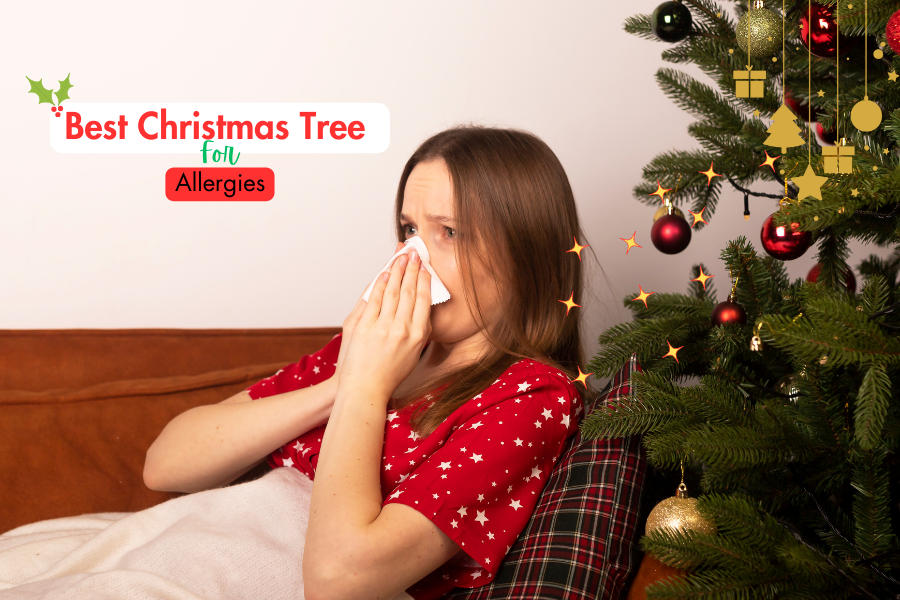

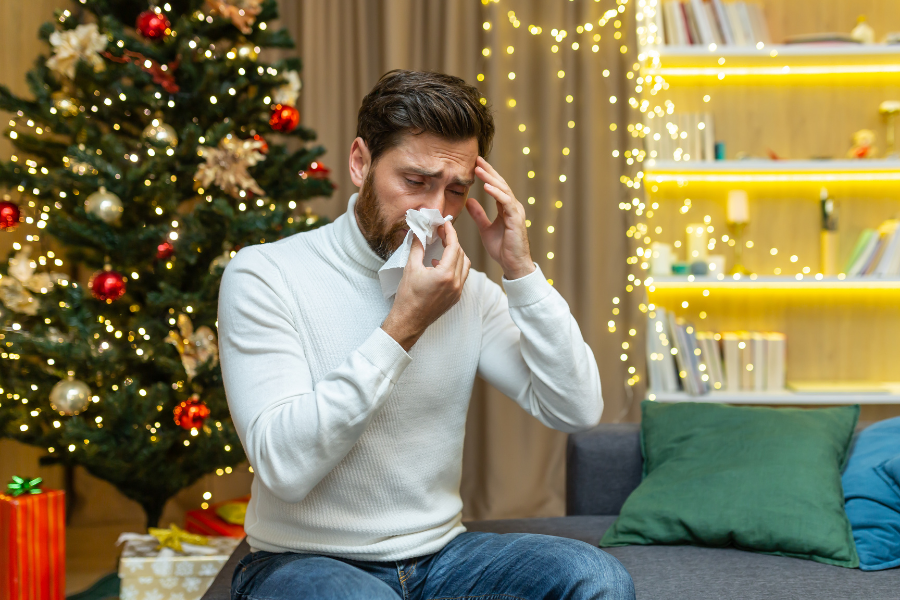

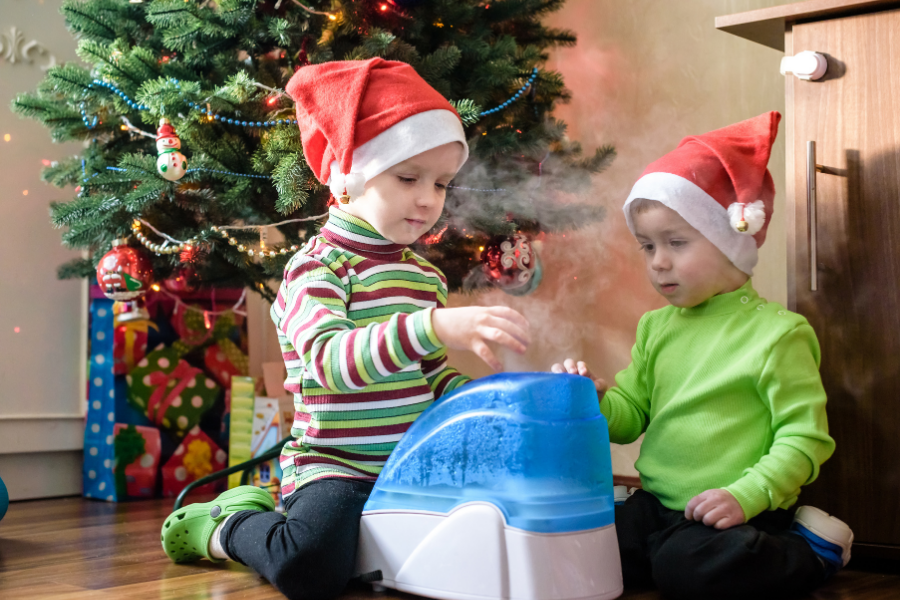
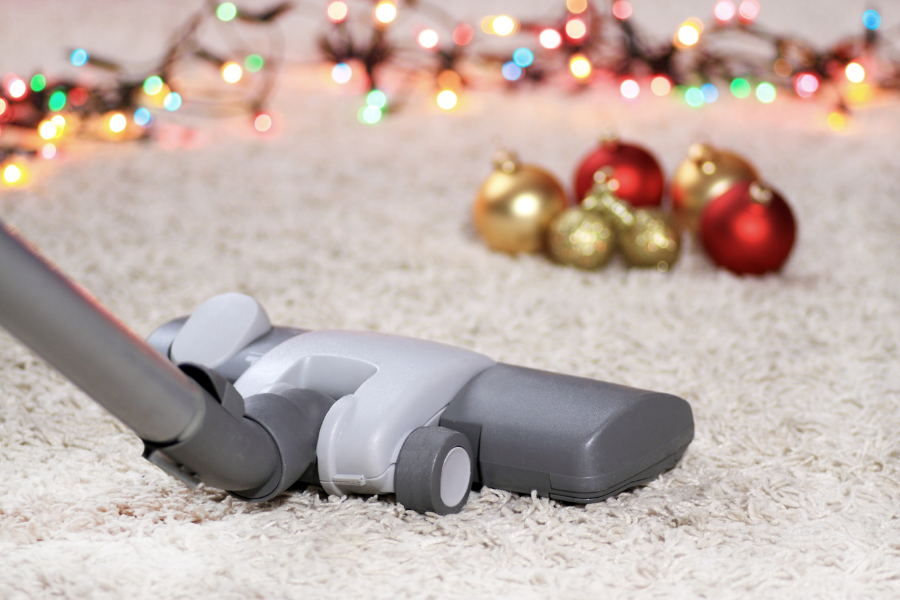
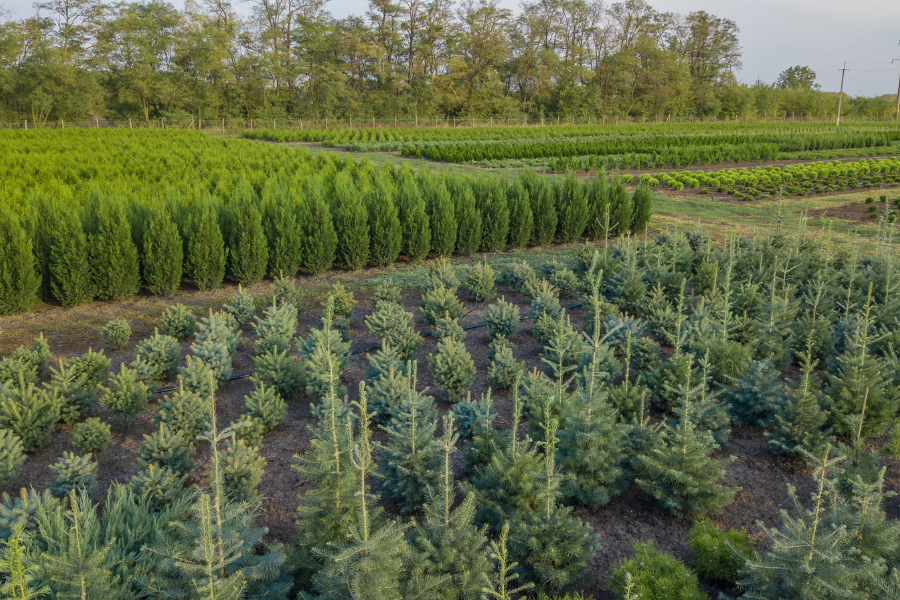
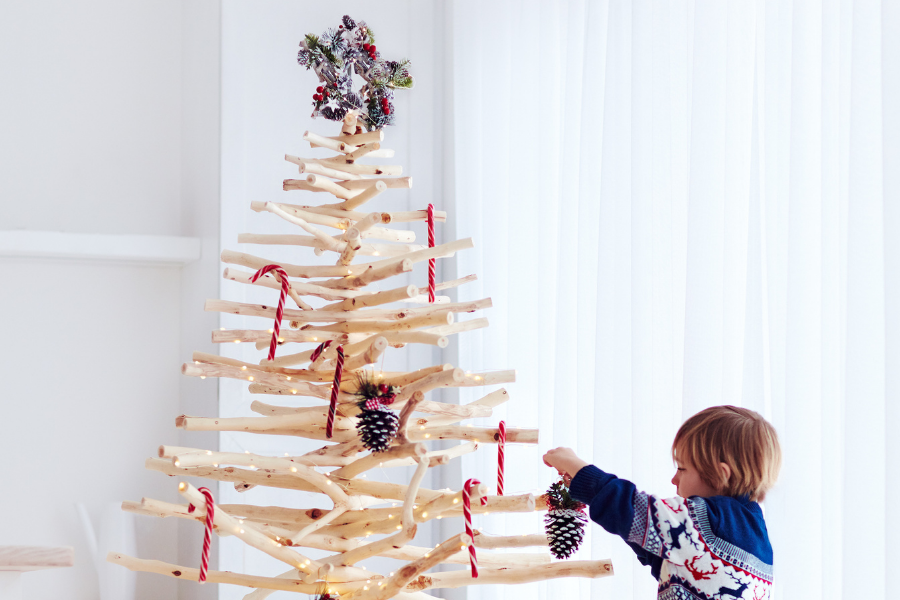
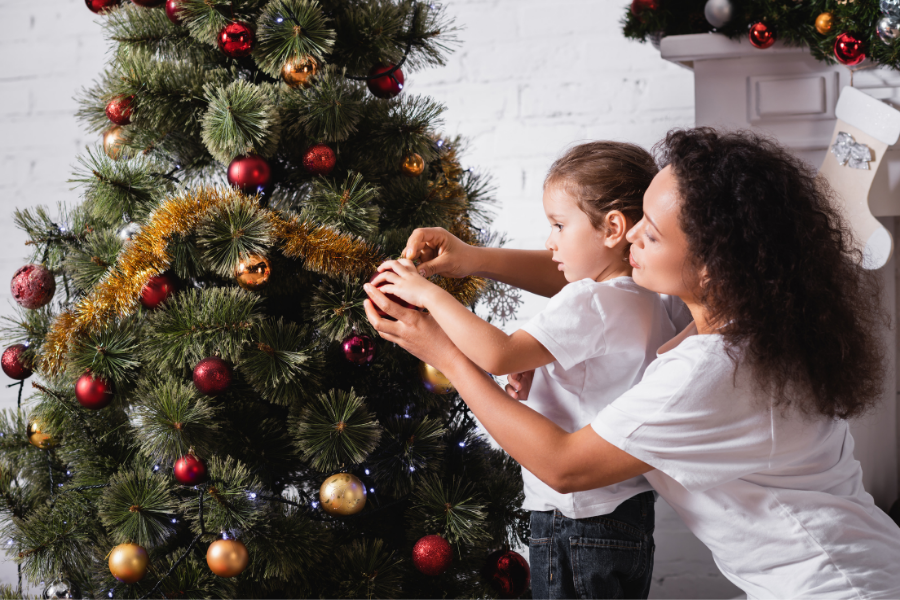
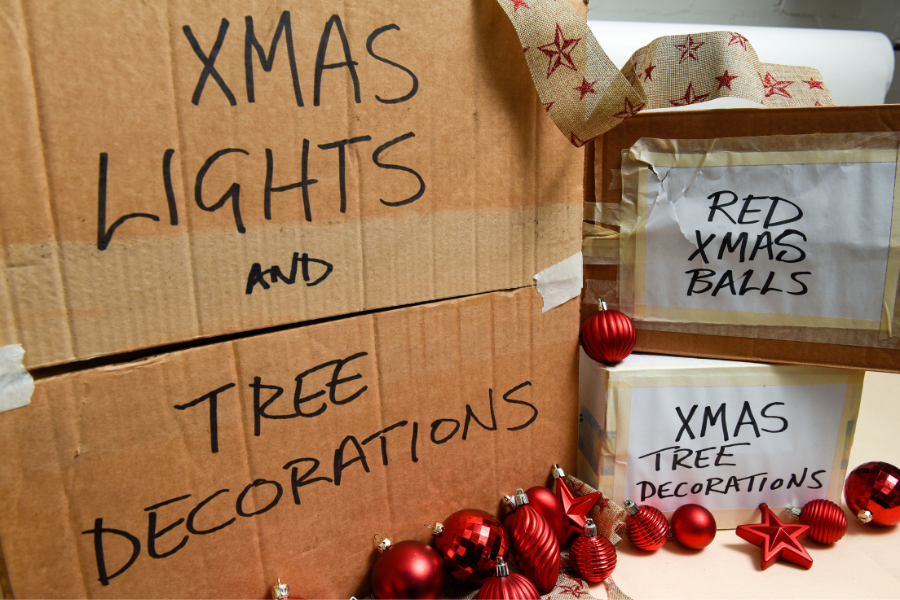
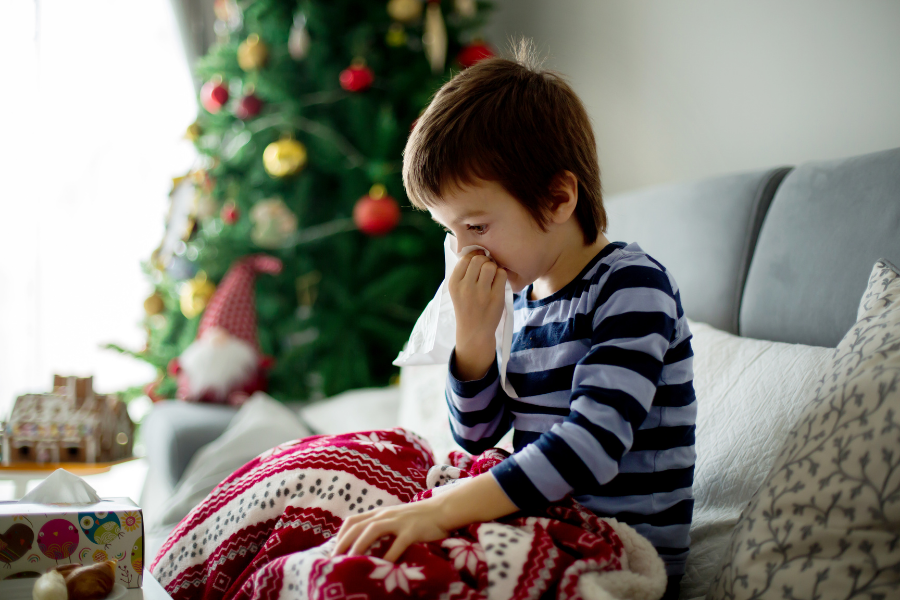
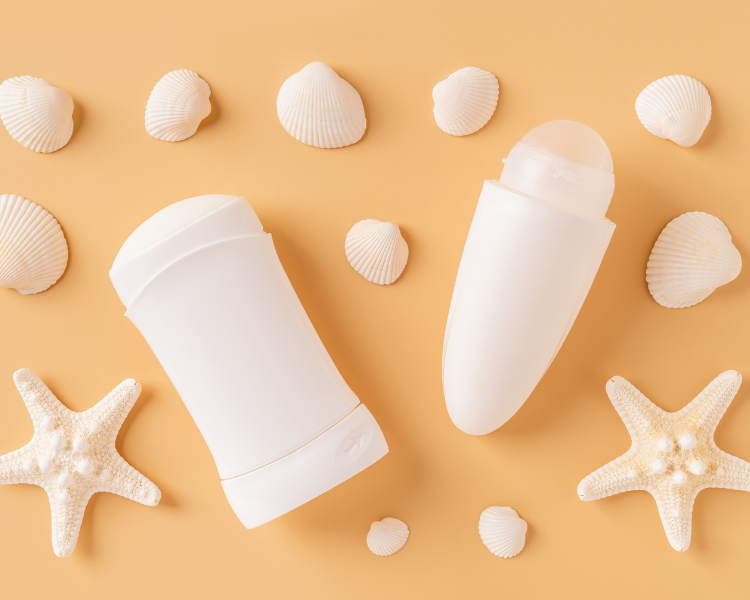
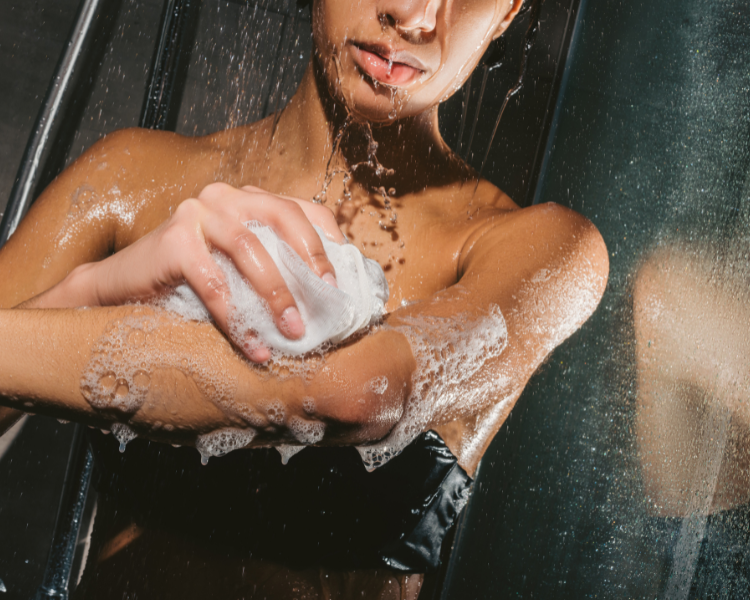
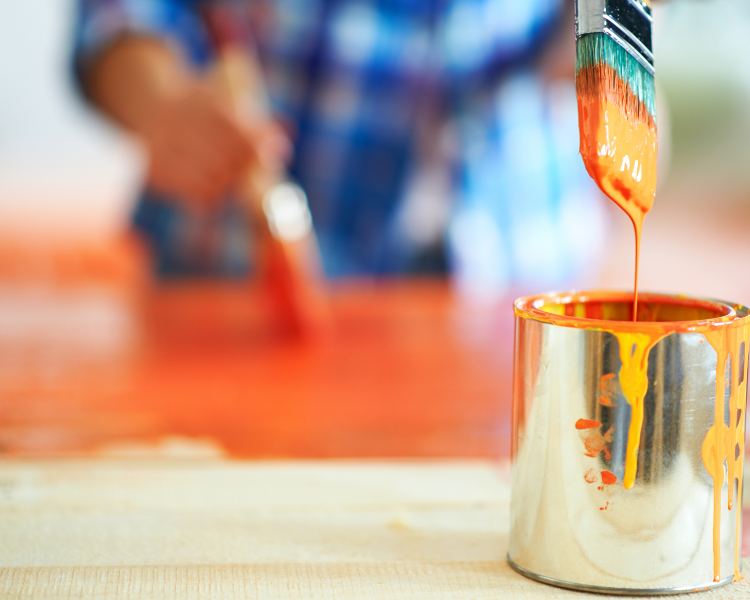


Leave as a matter of fact Replya